Image
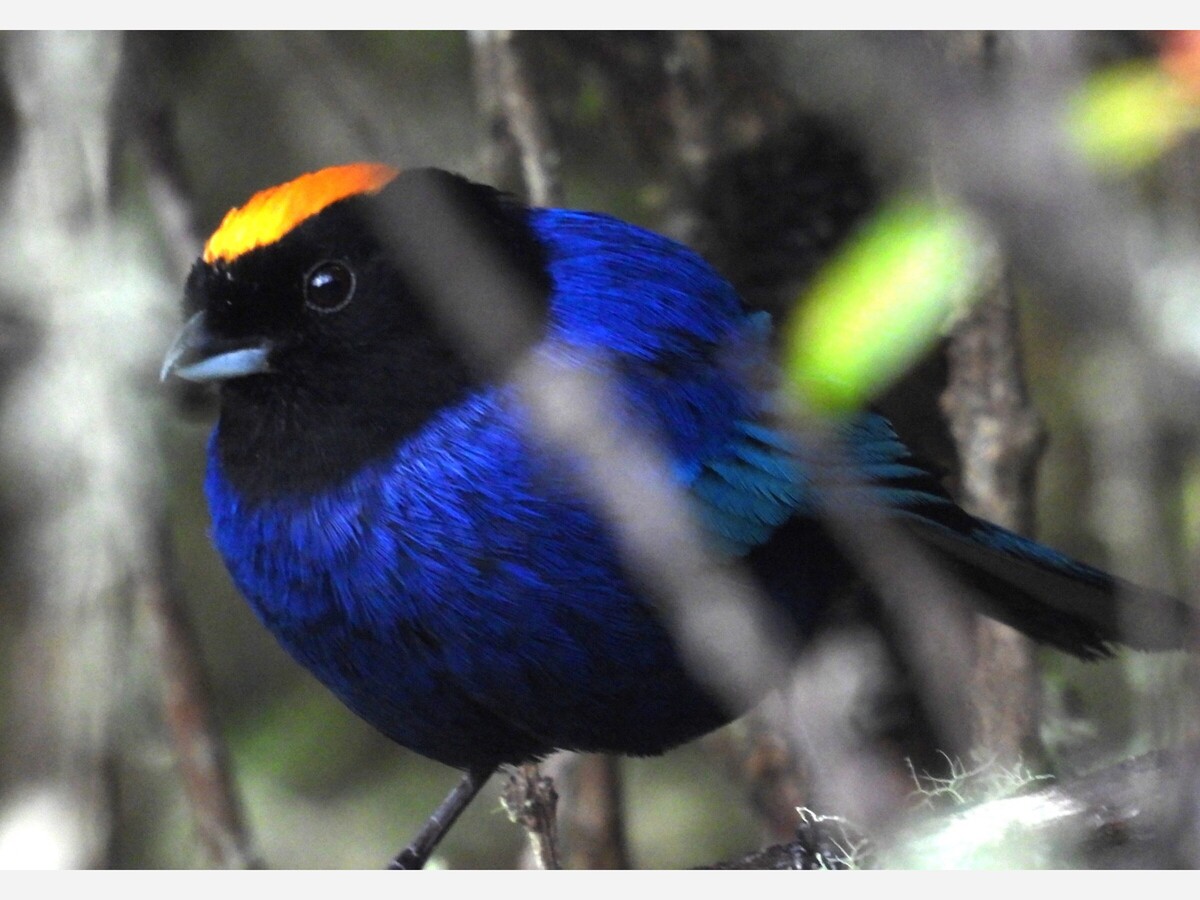

by Mike Strzelecki*
The act of birding can mean anything from watching backyard birds out the window while doing dishes to traveling to remote areas to find rare and unusual species My wife Kelly and I had the opportunity to do the latter recently when we trekked high into the Andes Mountains of central Colombia, South America, for an organized birding tour. Our team for the nine-day journey consisted of five birders, two trip organizers, a van driver, and a professional birder.
Colombia is considered by many to be the best birding in the world. It’s home to 1,958 bird species and holds 20-percent of the world’s bird biodiversity. It is where the world’s most intrepid and knowledgeable birders converge.
The beauty of the Colombian Andes was beyond our imagination. Views stretched for miles in all directions, and the highest mountains were glaciated. The topography was steep and sparse, and sometimes coffee plantations cascaded down the slopes. We spent most of the week between 10,000 and 14,000 feet of elevation in an ecosystem known as Cloudforest - rain-laden woodland frequented by low-lying cloud cover.


We stayed in various eco-lodges across the Andes highlands throughout the week. They were quaint, remote, and usually sparse. They blended well with the surrounding ecosystem. For much of the trek, we were over an hour from the nearest town. These are our first three eco-lodges.

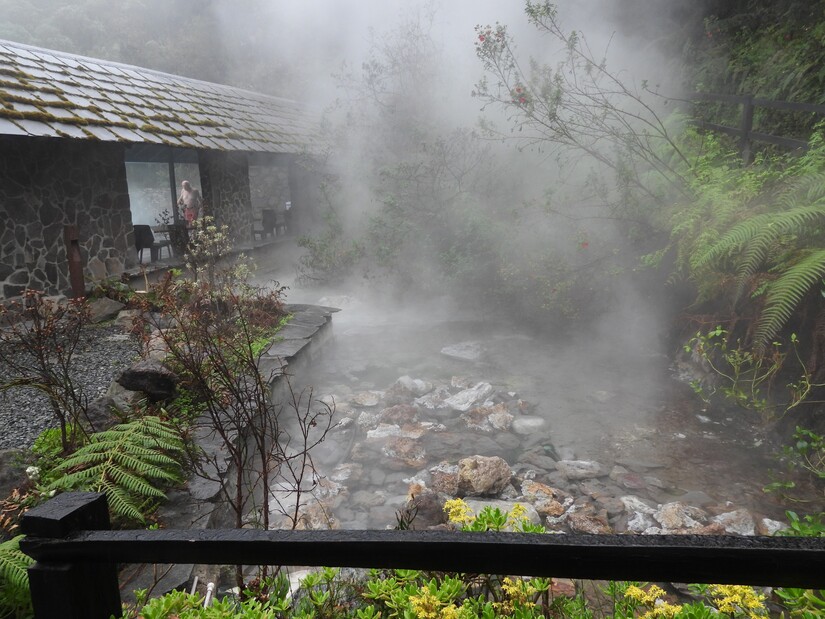
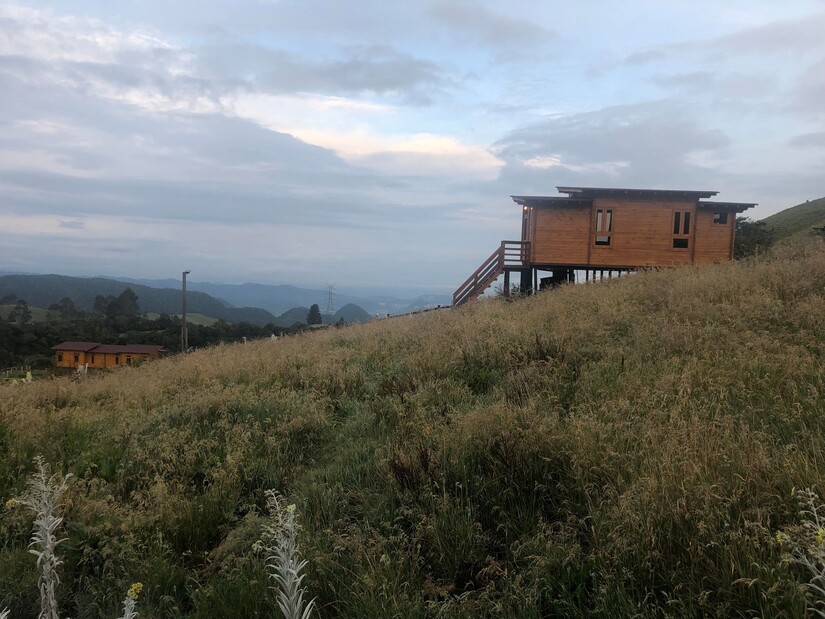
At the lodges, we were served food that was basic, wholesome, nutritious and tasty. Meals were heavy on beans and rice, fresh fruits and fruit juices (white guava juice was my favorite), and basic meats. At some lodges, much of the food served was prepared with fruits and vegetables grown on the premises.

Our Colombia adventure certainly had its share of perils. We found ourselves outside of our comfort zone on occasion. The mountainous driving was downright treacherous, with hairpin turns, steep drop-offs, and little in the way of shoulders or guardrails. We were transported in a van that broke down once and also had a penchant for flat tires. We had to four-wheel-drive into selective birding areas, traversing steep and muddy terrain and plowing through boulder-strewn rivers. We once got pulled over and searched by machine-gun-wielding “policia.” And on our final day, the local volcano decided to begin an eruption of smoke and ash. This is the same volcano that, in 1985, erupted and created a landslide that wiped clear off the map a village of 25,000 people.

The scenery was beyond memorable, the journey itself was exciting, but the birds were the stars. In all, we saw over 200 unique species of birds while in Colombia. Here is a sampling of 15.
A family of green jays greeted us at our patio one morning, having one of the more colorful and ornate faces in the ornithological world.

Colombia is a haven for hummingbirds. We only have one species of hummingbird here in the mid-Atlantic region (the ruby-throated hummingbird), but Colombia has 170 species, spanning a spectrum of hues. One of our favorites was this sparkling violetear.
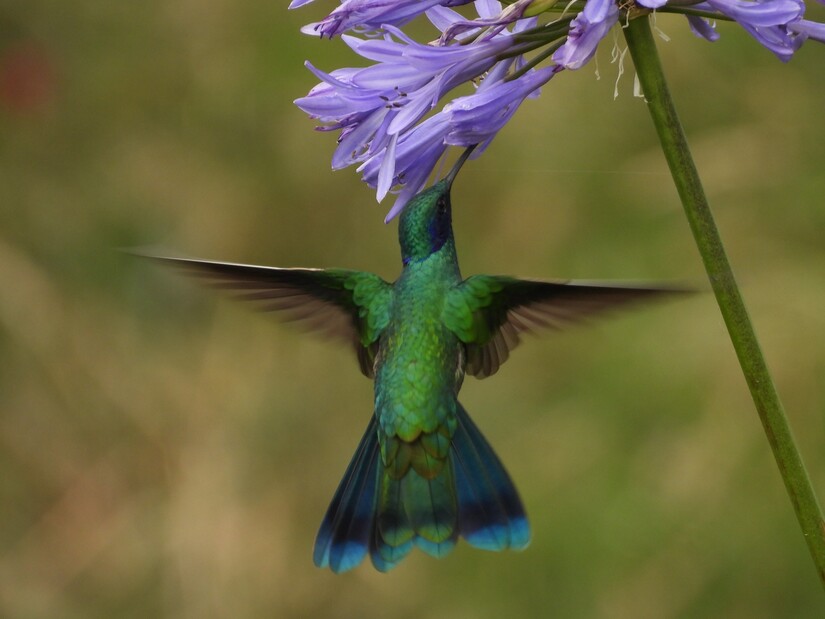
Our official first bird seen in Colombia, as we passed through the gates of our first eco-lodge, was also one of its most resplendent. These golden tanagers are common and resonate fiercely against the surrounding lush greenery.
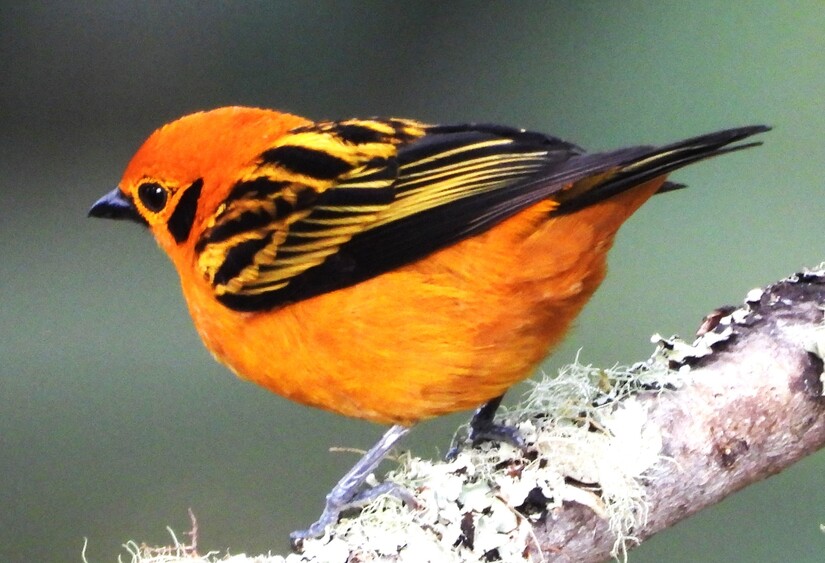
We spent a nerve-wracking hour getting tossed around in four-wheel-drive trucks to get a sight of this beauty, the black-billed mountain toucan.
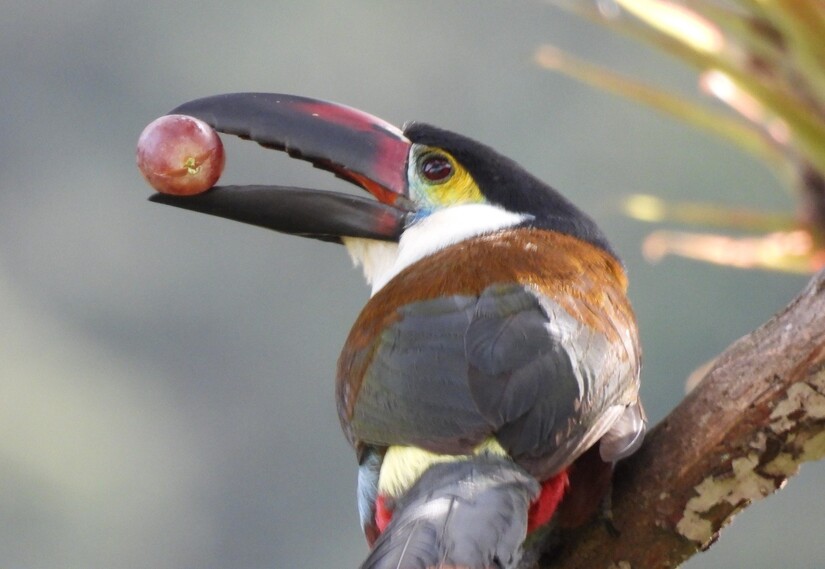
Birds are so plentiful and diverse in Colombia, that a common birding strategy is to just pull off alongside a highway and see what’s in the local greenery. This is how we found this striking golden-crowned tanager, perhaps my favorite of all birds seen on our adventure.

We had the privilege of seeing so many different and colorful birds while in Colombia, that you forget some. I have no memory of seeing this particular blue-necked tanager in the field while in Colombia, but it was on my camera roll when I returned.

At a hacienda at over 12,000 feet of elevation, we were searching for very rare and shy birds called antpittas. This lovely guy, called a barred fruiteater, kept flying around us and stealing the show.

The most beautiful and graceful hummingbird we observed all week was the long-tailed sylph, more fairy-like than bird.
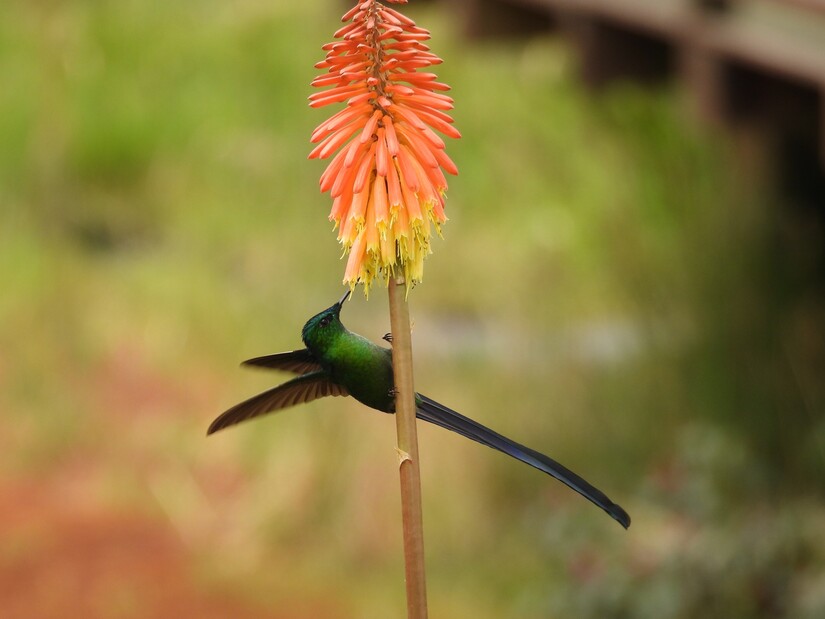
A second species of toucan that we were honored to observe was the gray-breasted mountain toucan, seen here lording over its cloudforest domain.
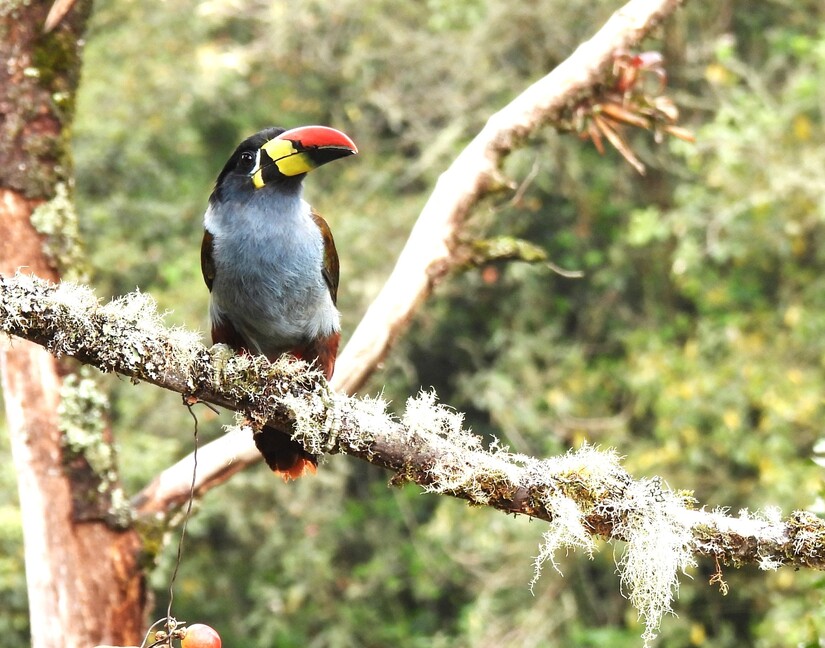
The buffy helmetcrest is an odd-looking hummingbird with a brilliant flowing purple beard. It’s one of the world’s rarest. There is a national park area set up specifically for viewing this creature, but oxygen there was at a premium as it is at about 14,000 feet.

This crimson-rumped toucanet spent about an hour loitering outside our lodge entrance, offering up great looks for photographs.

The bird I most wanted to photograph on our adventure was this rainbow-splashed species called the bay-headed tanager. I caught fleeting glimpses of some here and there throughout the week. But as we were hopping into our van for the very last time, at the end of our journey, one was feeding on berries nearby and offered up lovely poses.

An iconic bird of South America is the motmot, with this fluorescent-tinged body and odd tail that is long, narrows in the middle to a thread, and then widens again. Often they are seen deep in the woodland, but on this day, we were fortunate to see one perched next to our parking lot.

The various hummingbirds of Colombia are spectacularly colorful, but not this one. It’s drab olive, similar to our local hummingbird species. But this guy, the swordbill hummingbird, has to carry around with it a bill as long as its body to gain access to a greater variety of nectars, and he wields it with grace and aplomb. He became one of our favorites.

Colombia offered up so many various tanager species, each colorful in its own design. Despite seeing so many different kinds, this scarlet-bellied mountain tanager was fairly common and remained one of our favorites.
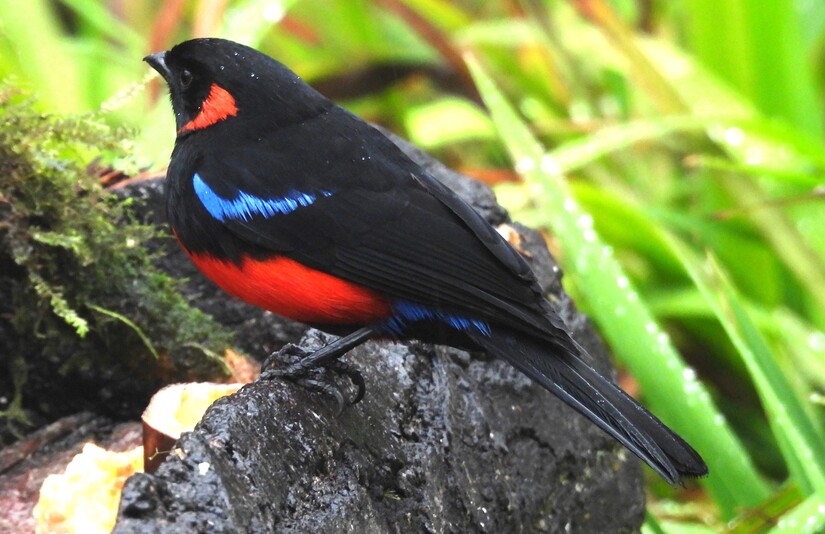
Our adventure began at the Cali airport and ended in the city of Pereira, home to over a million people. Our hotel was clean and within walking distance to restaurants and shops. This is a parting shot of Pereira taken from our hotel room.
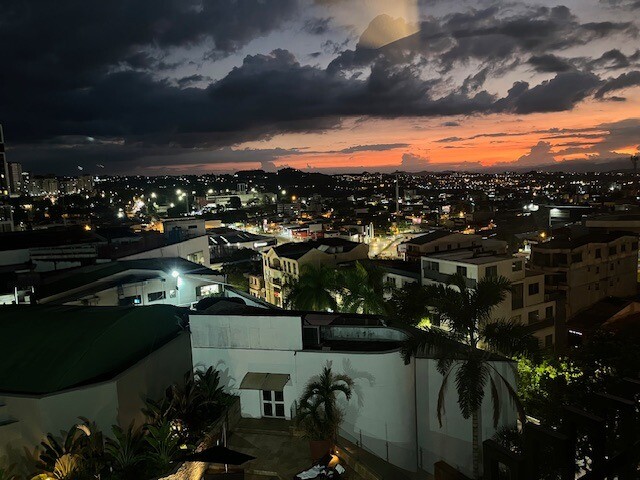
Mike Strzelecki is a freelance travel and outdoor writer, and 1981 graduate of Boyertown Area Senior High School. He writes from his house in Baltimore, Maryland. In his spare time, he joins his wife on adventures around the country observing and photographing birds.